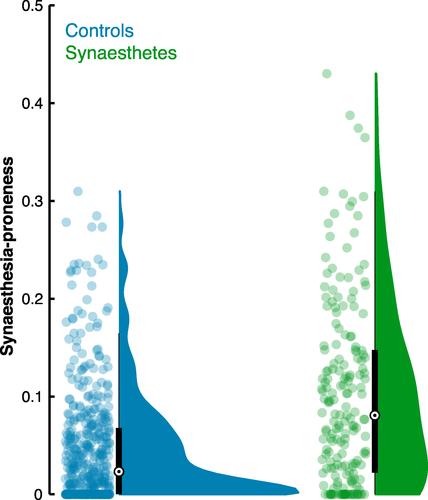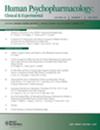The chemical induction of synaesthesia
Abstract
Objective
Preliminary research suggests that experiences resembling synaesthesia are frequently reported under the influence of a diverse range of chemical substances although the incidence, chemical specificity, and characteristics of these effects are poorly understood.
Methods
Here we surveyed recreational drug users and self-reported developmental synaesthetes regarding their use of 28 psychoactive drugs from 12 different drug classes and whether they had experienced synaesthesia under the influence of these substances.
Results
The drug class of tryptamines exhibited the highest incidence rates of drug-induced synaesthesia in controls and induction rates of novel forms of synaesthesia in developmental synaesthetes. Induction incidence rates in controls were strongly correlated with the corresponding induction and enhancement rates in developmental synaesthetes. In addition, the use of lysergic acid diethylamide (LSD) was the strongest predictor of drug-induced synaesthesia in both controls and developmental synaesthetes. Clear evidence was observed for a clustering of synaesthesia-induction rates as a function of drug class in both groups, denoting non-random incidence rates within drug classes. Sound-colour synaesthesia was the most commonly observed type of induced synaesthesia. Further analyses suggest the presence of synaesthesia-prone individuals, who were more likely to experience drug-induced synaesthesia with multiple drugs.
Conclusions
These data corroborate the hypothesized link between drug-induced synaesthesia and serotoninergic activity, but also suggest the possibility of alternative neurochemical pathways involved in the induction of synaesthesia. They further imply that the induction and modulation of synaesthesia in controls and developmental synaesthetes share overlapping mechanisms and that certain individuals may be more susceptible to experiencing induced synaesthesia with different drugs.


 求助内容:
求助内容: 应助结果提醒方式:
应助结果提醒方式:


